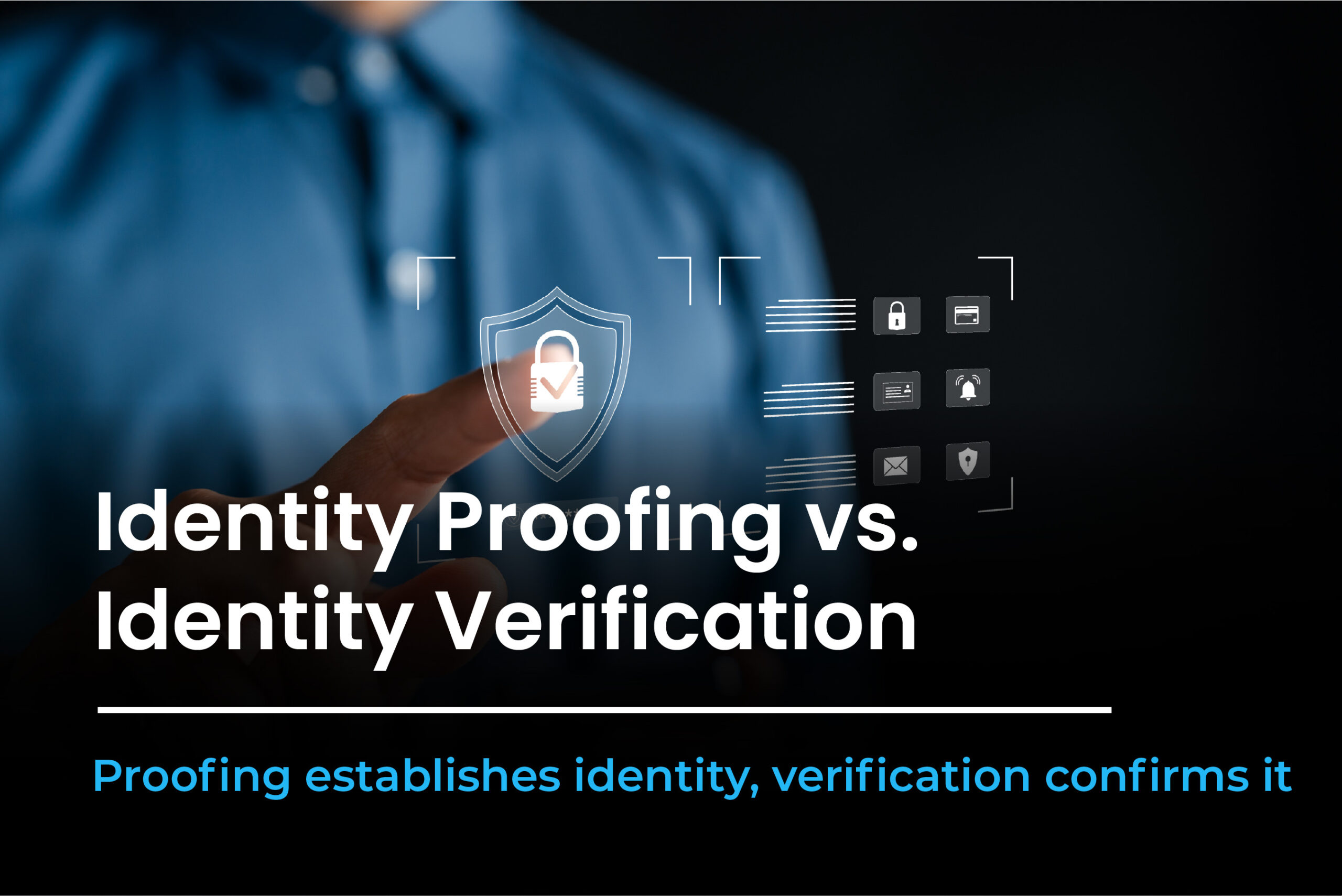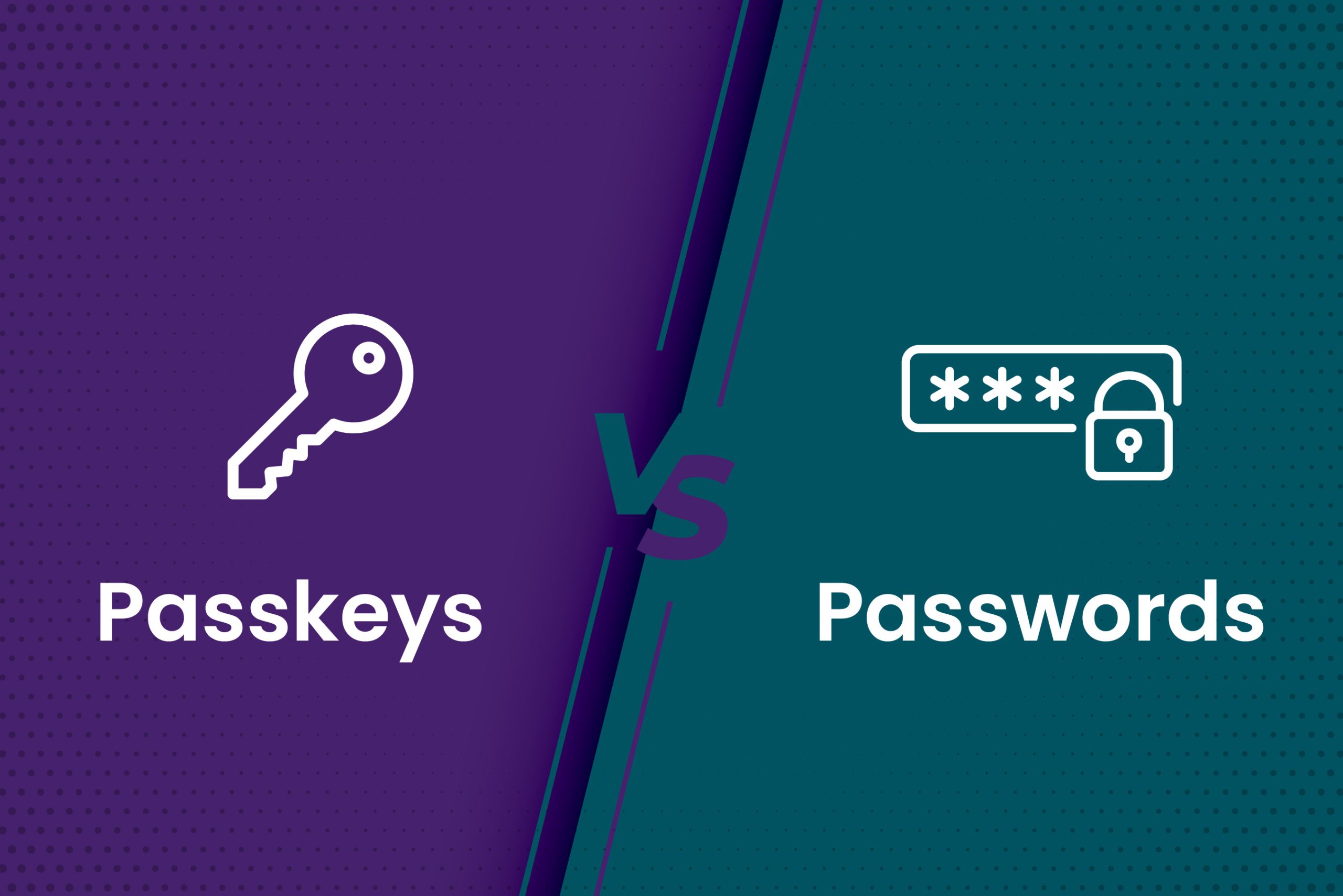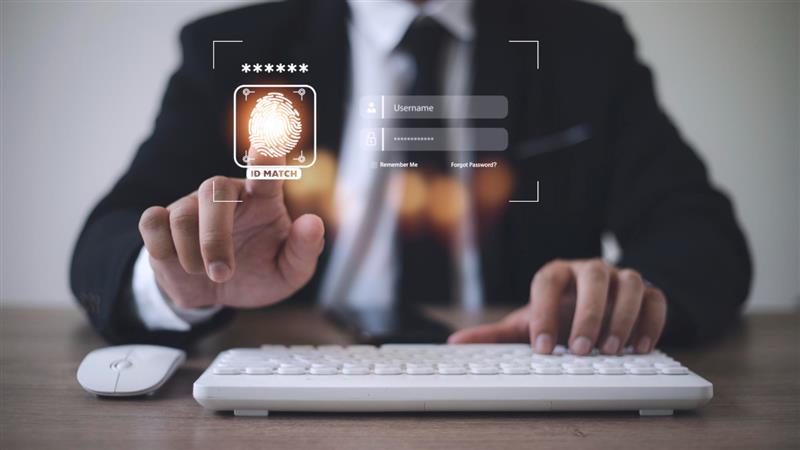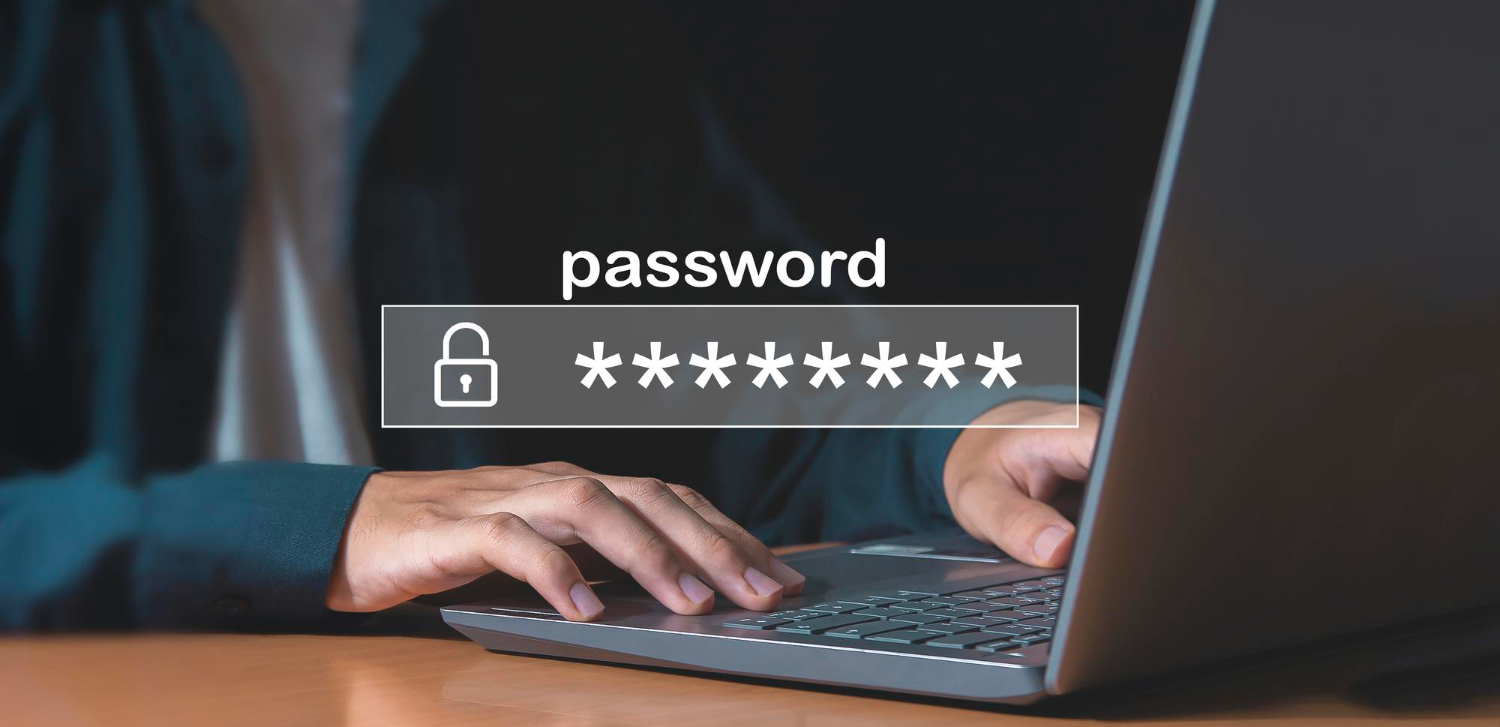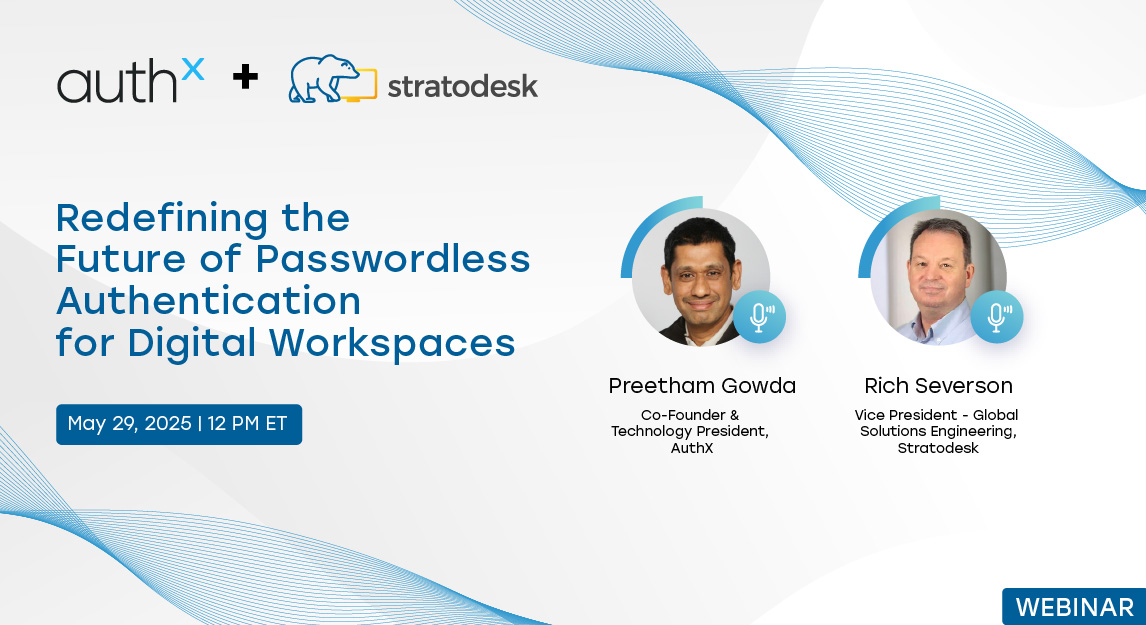When we look at the data, one statistic always stops us: identity fraud costs businesses over $50 billion globally in 2025, and reports show it’s increasing at about 12% a year. That hit reminds of how critical it is to get Identity Proofing vs Identity Verification right. These terms aren’t interchangeable; we’ve watched teams blur the lines and invite serious security risks. In this post, we’ll share exactly what each step does, why both are indispensable, and how to make them work together to build trust without friction.
Why Confusing Identity Proofing with Verification Creates Risk ?
Many teams treat identity proofing vs identity verification as a single process. That misunderstanding causes gaps in trust. Identity proofing is the step that confirms someone’s identity during onboarding. Identity verification is the continuous check that ensures it’s still the right person every time. When these get mixed up or minimized, fake accounts and account hijacking become significant threats. We prefer proofing to set the foundation and verification to reinforce the structure, both are essential.
What is Identity Proofing?
Identity proofing is the process of confirming that a person’s claimed identity is real before they gain access. That might include checking a government-issued ID, validating personal data against authoritative records, or screening for synthetic identities. That’s why we define identity proofing as validating identity claims upfront to build trust from the first interaction. Without robust proofing, you may be onboarding identities that never should have passed.
What is Identity Verification?
Next, what is identity verification in the context of everyday access? It’s the ongoing process; each login, each transaction, where you ensure the user is genuinely the same person who was initially verified. This might happen via a password, biometric scan, or behavioural signal. Identity verification definition is this: continuously confirming that the user accessing the system is the legitimate, previously validated person. It’s like a guard walking the halls, checking IDs at the door, every time someone enters.
Identity Proofing vs Identity Verification: Key Differences
Here’s a clear breakdown to explain identity proofing vs identity verification:
1. Stage in flow
- Identity proofing happens once, usually during onboarding or for specific high-risk actions.
- Identity verification happens at each access point and sensitive event.
2. Primary inputs used
- Proofing uses government documents, biometric scans, and external data checks.
- Verification uses credentials, MFA methods, device intelligence, and behaviour patterns.
3. Primary goal
- Proofing confirms who the identity belongs to.
- Verification confirms that the person using the identity remains correct.
4. Security impact
- Proofing prevents fake accounts and synthetic fraud.
- Verification prevents account takeovers and ongoing misuse.
Why Businesses Need Both Identity Proofing and Identity Verification
We’ve come to realize that strong identity systems don’t rely on proofing or verification alone. Skipping proofing lets fake users in, and skipping verification allows hijacked accounts to go unchecked. Together, they form a layered defence: proofing builds initial trust, while verification sustains that trust over time. With identity fraud’s cost and pace both rising, this layered approach is mandatory.
Balancing Security and User Experience with Proofing and Verification
Teams often struggle with two extremes: proofing that slows or scares users, or verification that frustrates them with constant checks. The winning strategy is a risk-based approach. Apply thorough identity proofing at key points like signup or high-value actions and layer identity verification that adapts to risk. Low-risk tasks should feel seamless. Sensitive transactions can trigger stronger verification. That balance keeps users moving forward without compromising safety.
Strategic Steps to Implement Identity Proofing and Verification
Here’s what we recommend if you’re building an identity platform:
- Begin with airtight identity proofing, including document validation and trusted data checks.
- Add identity verification that adapts to context; from seamless to stronger checks depending on risk.
- Keep everything updated. Introduce better signals, biometrics, and fraud intelligence over time.
- Monitor outcomes. Track fraud trends, user drop-off, and authentication failures.
- Educate your users. Explain why you ask for selfies or extra MFA steps to increase trust, not just security.
This approach helps protect users, reduce fraud, and build trust, all in one journey.
The True Value of Identity Proofing vs Identity Verification
When we reflect on Identity Proofing vs Identity Verification, the value becomes clear. Proofing confirms identity from day one. Verification ensures it stays true over time. Both are equally critical in a world where threats evolve daily, and user patience runs thin. The smartest systems act at both points; starting strong and letting trust endure. If you can build that flow, you’re stepping ahead in security and user experience.
When someone asks you what identity proofing or identity verification is, you’ll have the answer, and a better defence to back it up
Conclusion: The Promise of Smarter, Adaptive Access Control
The pattern is simple. Let trusted activity flow. Intervene when the story does not fit. That is the promise of context authentication and why so many teams are moving in this direction. If you want to see how this looks in your environment, bring your top three risky workflows. We will prototype policies together and show you how quickly context aware authentication can make a difference.
FAQs
What is identity proofing?
It is the upfront process of confirming a person’s claimed identity during onboarding by checking trusted evidence such as government IDs, biometrics, and authoritative data sources before granting access.
What is identity verification?
It is the ongoing check performed at login or during sensitive actions to ensure the user is the same, legitimate person who was previously approved, often using MFA, device signals, or biometrics.
What is a clear identity verification definition?
Identity verification definition: a recurring authentication step that confirms the rightful account owner is accessing a system by evaluating factors such as credentials, possession, inherence, and behaviour.
How do proofing and verification work together?
Proofing builds initial trust at signup, while verification maintains that trust on every access attempt. Together they reduce account fraud and improve security with minimal user friction.

